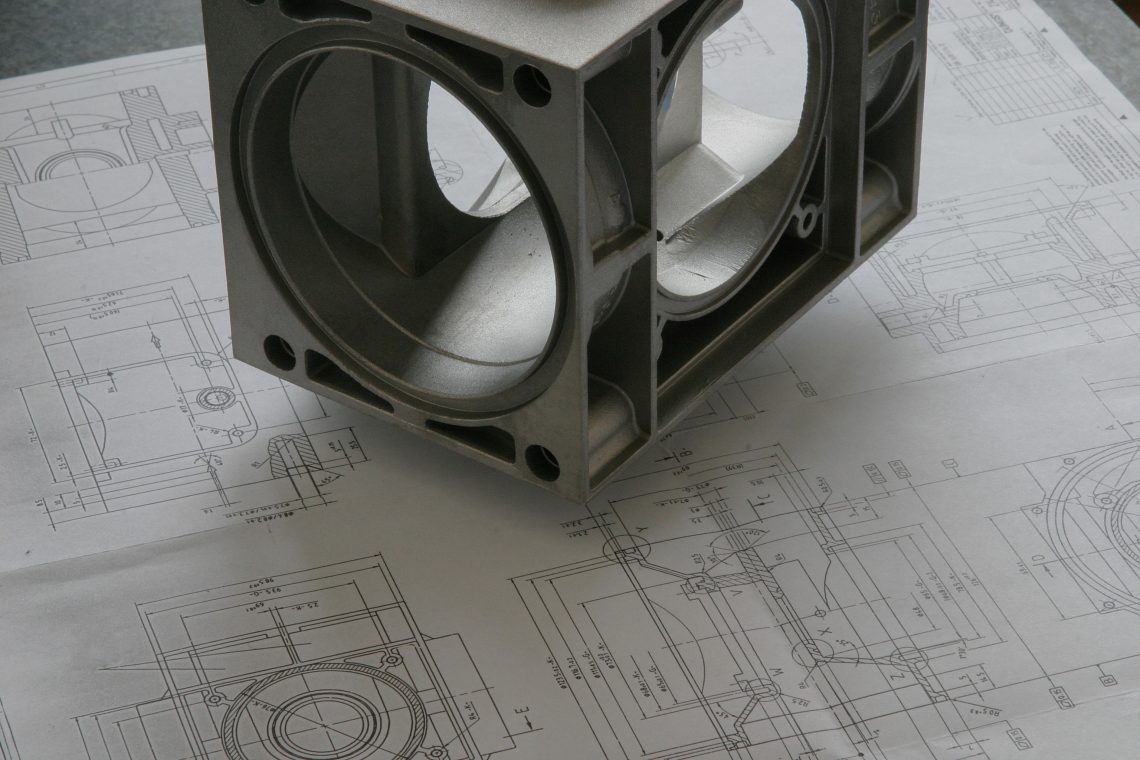

Design right law belongs to the realm of intellectual property rights, just as copyright law, trademark law, trade name law, database law and patent law.
The protection extends only to the visual appearance of a product. The appearance of a design or drawing is derived from the characteristics of, in particular, the lines, contours, colours, shape, texture or materials of the object itself or its ornamentation. External features which are determined by technical function are excluded from protection. Patent law offers possibilities for this. Software is also excluded from protection.
Like copyright law, design law offers protection for the design of a product. A design right is valid for 5 years and can be extended to a maximum of 25 years. Unlike copyright, a design right is however only valid after registration.
An exception to this is the unregistered Community Design. This right arises automatically at the moment the product is made available to the public. The term of protection is limited to three years and it only applies within the European Union. Fashion organisations in particular benefit from this. They quickly produce many different designs with a relatively short lifespan. Registration procedures are then often an excessive burden.
For organisations in the retail and applied arts, too, design rights are a valuable addition to the protection of their products. The scope of protection is geographically limited. For registration it is therefore important to determine in which area protection is desired. Design registration can take place for the Benelux, the EU or worldwide (43 countries). Furthermore, the design must be new and have its own character.
Once in possession of a design right, the holder has an exclusive right to use it. The holder may take action against the sale, manufacture, supply and publication by others of a similar or identical design. If two designs give the same overall impression the public, the younger design will, in principle, infringe the older design.
The question of infringement is complex. The answer depends on different factors such as the designer’s freedom and the specific user of the designs concerned. SOLV’s lawyers specialise in design right law and can carry out this assessment for you so that you quickly know what your position is in a design right dispute.